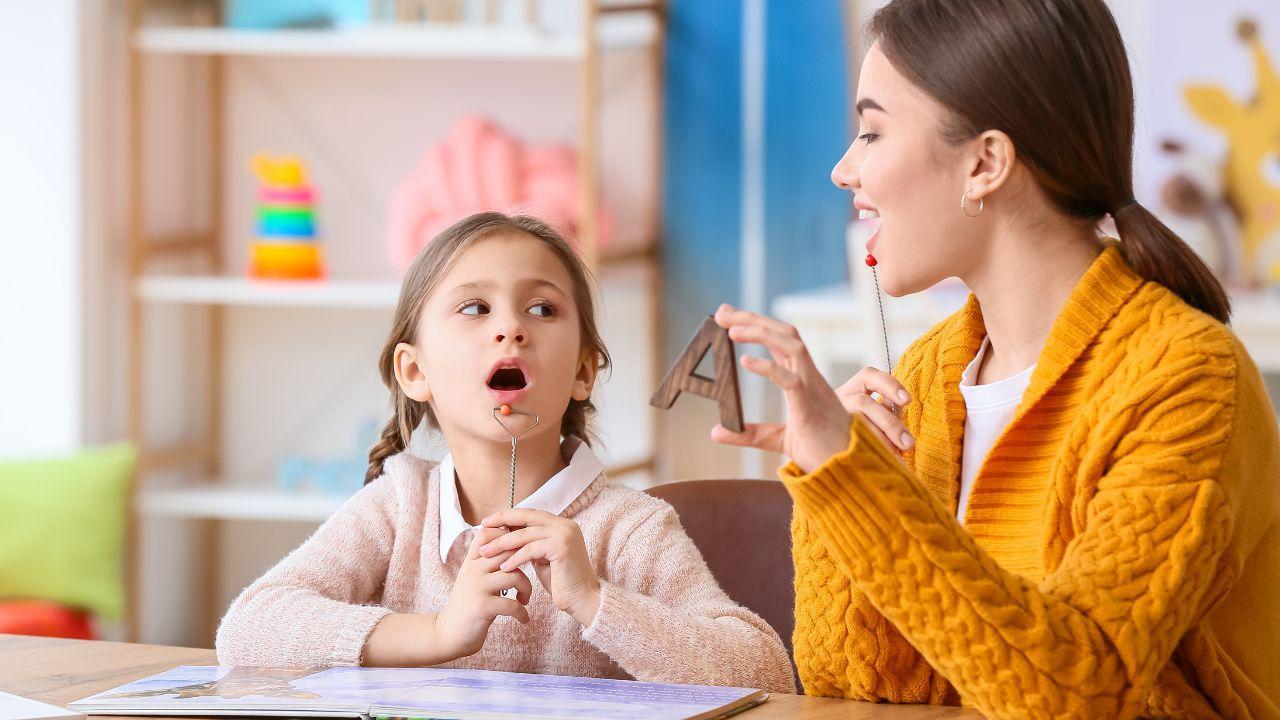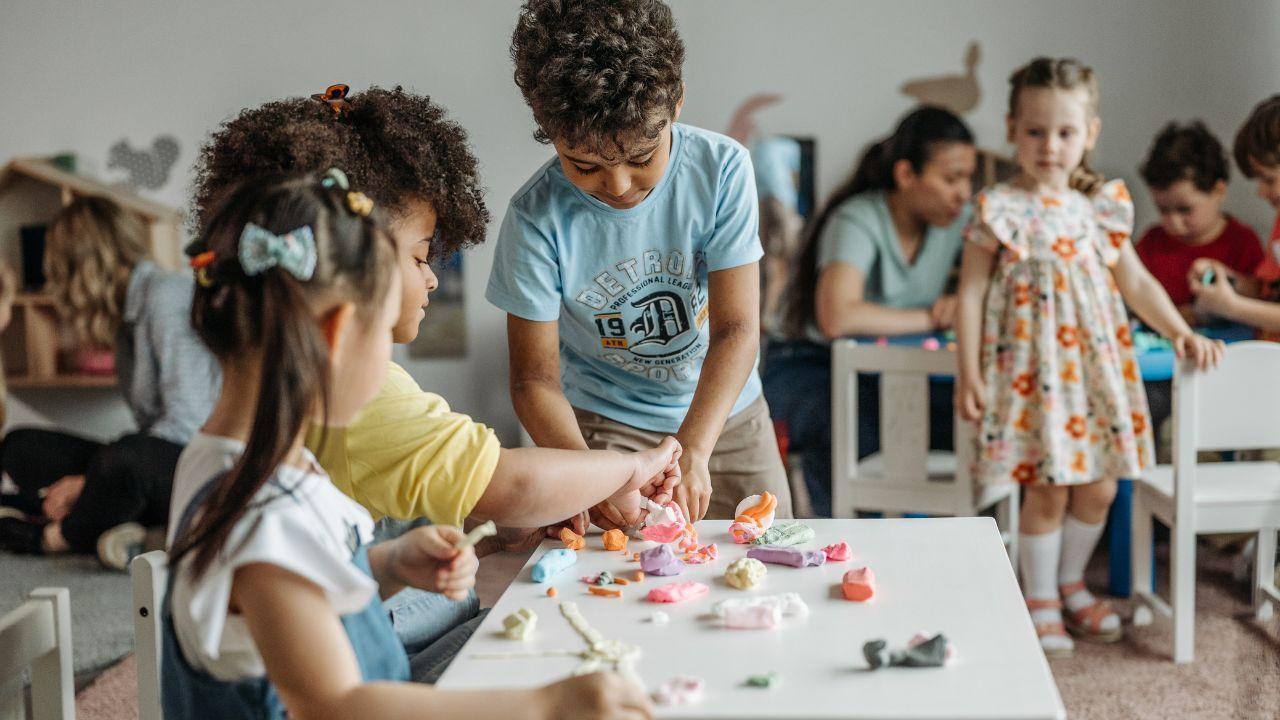



Understanding Learning Styles Across Age Groups
Every person learns in a different way. Some people learn better by seeing pictures, others by hearing sounds, and some by doing things with their hands. But one thing many people don’t know is that our age also changes how we learn best. In this article, we will explain the differences in learning preferences across age groups and how people of different ages like to learn.
Understanding Learning Preferences
Learning preferences are the ways in which people like to study or understand new things. There are three main types of learning styles. Visual learners learn best by seeing pictures, videos, or reading. Auditory learners learn best by hearing someone speak. Kinesthetic learners learn best by doing activities or using their hands. These styles can be seen in people of all ages, but the way we use them changes as we grow older.
Learning in Young Children (Ages 3–10)
Young children learn mostly through play and fun. At this age, most kids are kinesthetic learners. They learn best by moving around, playing with toys, singing songs, and doing hands-on tasks. They enjoy learning with bright colors, music, and games. Since they have short attention spans, lessons should be short and full of activity. They learn better when they can touch, feel, and move.
Learning in Pre-Teens and Teenagers (Ages 11–17)
As children become teenagers, they start to think more deeply and understand harder ideas. Their learning preferences can change, but many still enjoy visual or auditory learning. Teenagers often enjoy learning through videos, reading, and listening to others. They also like to talk and share ideas with classmates. At this stage, it is important that learning feels useful. If students think a topic is boring or has no real-life use, they may not pay attention. Teachers should try to link lessons to real-world examples that interest them.
Learning in Young Adults (Ages 18 and Up)
Once students reach college or job training age, they often become more focused on their goals. They want to learn things that help them get a good job or improve their life. Many young adults are visual or auditory learners. Some still enjoy kinesthetic learning, especially if they are training for a job that needs hands-on skills. Adults learn well when they can study at their own speed, follow clear steps, and use real-life examples. They like when lessons are organized and meaningful.
Learning in Older Adults (Ages 60 and Above)
Older adults never stop learning. They may learn for fun, to keep their minds active, or to stay updated with new technology. Their learning might be slower because of changes in memory or hearing, but they still enjoy learning new things. Older learners prefer calm, quiet learning environments. They like clear instructions, simple text, and repeating important ideas. They also enjoy being respected and sharing their life stories. Many older adults feel proud when they learn something new.
Why These Differences Matter
Knowing the differences in learning preferences across age groups helps teachers, parents, and even students. When we know how someone likes to learn, we can help them learn better and faster. Teachers can plan lessons that match student needs. Parents can help their children study in a better way. Students can find out what learning style works best for them. This makes learning more fun and less stressful for everyone.
Disclaimer:
This article is meant to give general information about learning preferences in different age groups. Every learner is unique, and not all learning styles will fit everyone. Myedugoal encourages students, teachers, and parents to explore different methods and find what works best for each individual.
#trending #latest #Myedugoal #LearningPreferences #EducationForAll #StudentSupport #AgeWiseLearning #LearningStyles #ChildLearning #TeenLearning #AdultLearning #LifelongLearning #VisualLearning #AuditoryLearning #KinestheticLearning

The Link Between Learning Problems and Student Motivation... Read More.

How Learning Preferences Change with Age... Read More.
 Fake posts hit Czech PM Fiala's X
Fake posts hit Czech PM Fiala's X
Fake posts disrupt Czech PM Fiala's X account security
 Switzerland Tightens Export Rules
Switzerland Tightens Export Rules
Switzerland expands export controls on dual-use goods
 Google unveils Ironwood AI chip
Google unveils Ironwood AI chip
Google introduces Ironwood chip to accelerate AI tasks & apps
 TSMC Q1 revenue up 42%
TSMC Q1 revenue up 42%
TSMC sees 42% revenue surge in Q1, surpassing forecasts
 Google unveils Ironwood AI chip
Google unveils Ironwood AI chip
Google's Ironwood chip boosts AI processing and app speed
 Amazon CEO Outlines AI Vision
Amazon CEO Outlines AI Vision
Amazon CEO reveals AI investment plans in new letter
 Osaka Hosts World Expo 2025
Osaka Hosts World Expo 2025
Japan blends tech and culture at Osaka Expo 2025 launch
© MyEduGoal. All Rights Reserved. Design by markaziasolutions.com